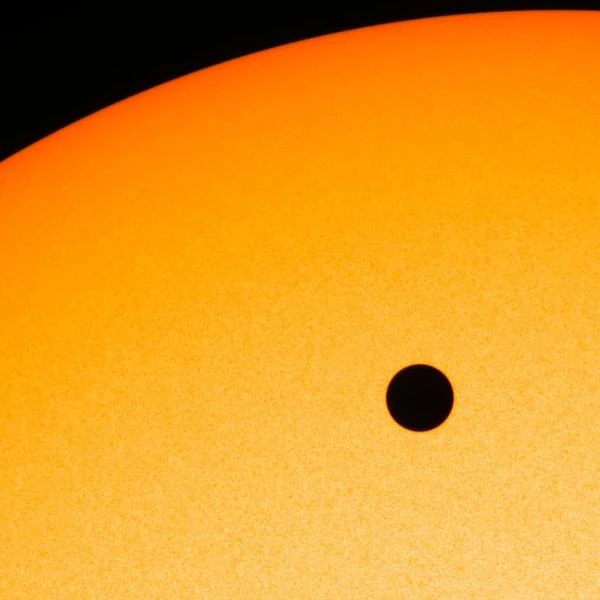
Launched in December 2019 by the European Space Agency (ESA), Cheops (CHaracterising ExOPlanet Satellite) is dedicated to the detailed study of exoplanets. Unlike detection missions such as Kepler or TESS, Cheops targets already known exoplanets to measure their diameter with extreme precision through the meticulous observation of transits. These fine measurements allow the size of a planet to be associated with its mass (already estimated via other methods such as radial velocity), thus providing critical clues about their internal structure.
The Cheops mission fundamentally differs from previous exoplanetary explorations through its targeted approach and photometric precision. Whereas telescopes like Kepler or TESS conducted statistical sweeps of vast portions of the sky, Cheops adopts an individualized tracking strategy: it focuses on stars already known to harbor exoplanets to refine their physical characteristics. This approach significantly reduces observational noise by allowing specific optimization for each measurement campaign.
Technically, Cheops innovates with its compact and extremely stable architecture. Its 32 cm Ritchey-Chrétien telescope, combined with a thermally stabilized CCD sensor to better than 0.1°C, ensures photometric precision never before achieved for a platform of this size. Thermal management, crucial for limiting instrumental noise, relies on a passive radiator oriented towards deep space, a concept inspired by meteorological satellites but perfected for astrophysical needs.
Another unique feature is its heliosynchronous orbit at an altitude of 700 km, which ensures constant solar illumination of the satellite, thus minimizing diurnal and nocturnal thermal variations. This orbit, combined with an optical design that limits parasitic light scattering, allows Cheops to maintain a stable observation field for several hours on the same target, a condition essential for obtaining extremely fine light curves.
Finally, Cheops plays a role of "surgical precision" within the ESA's exoplanetary arsenal: it prepares the ground for future spectroscopic missions such as Ariel by refining the selection of targets. Through its unique ability to combine planetary radius measurements with known masses, it effectively discriminates between rocky, gaseous, or volatile-rich exoplanets, paving the way for a more rigorous physical classification of these distant worlds.
Cheops' instrumentation is based on a 32 cm diameter Ritchey-Chrétien type telescope combined with a very thermally stable CCD camera. It is optimized to minimize systematic errors and achieve photometric precision below one-thousandth. This level of sensitivity allows the detection of stellar luminosity drops as low as 20 parts per million, equivalent to the passage of a Neptune-sized planet in front of a solar-type star. Thermal stability and protection against parasitic light are ensured by a complex deflector and a heliosynchronous orbit.
By combining Cheops' measurements with planetary mass data, astronomers can deduce the average density of exoplanets and thus infer their composition: rocky planets, gas giants, water-rich worlds, or even hybrid structures. This contributes to refining our planetary evolution models and identifying potentially habitable worlds. Cheops also plays a crucial role in selecting priority observation targets for future missions such as the James Webb Space Telescope (JWST) or Ariel, focused on atmospheric spectroscopy.
Cheops is not designed to massively discover new exoplanets but to deepen our understanding of known systems. By working in synergy with ground-based spectroscopic surveys (ESO, HARPS, ESPRESSO) and other space telescopes, Cheops opens a new era of quantitative exoplanetary astronomy. Its success confirms the importance of specialized instruments to complement large detection missions and prepare for the detailed study of Earth-like planets.